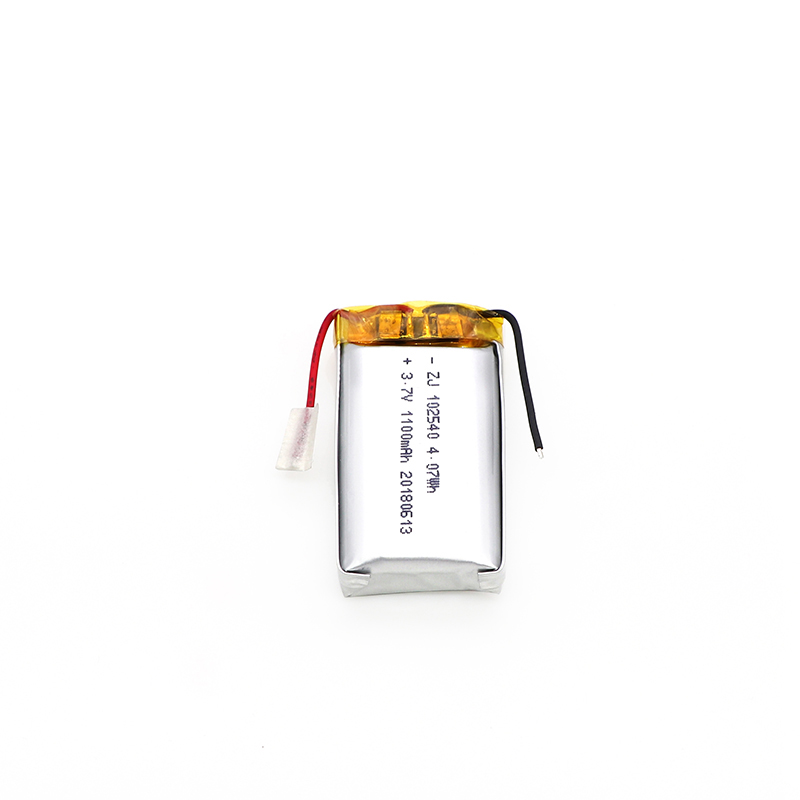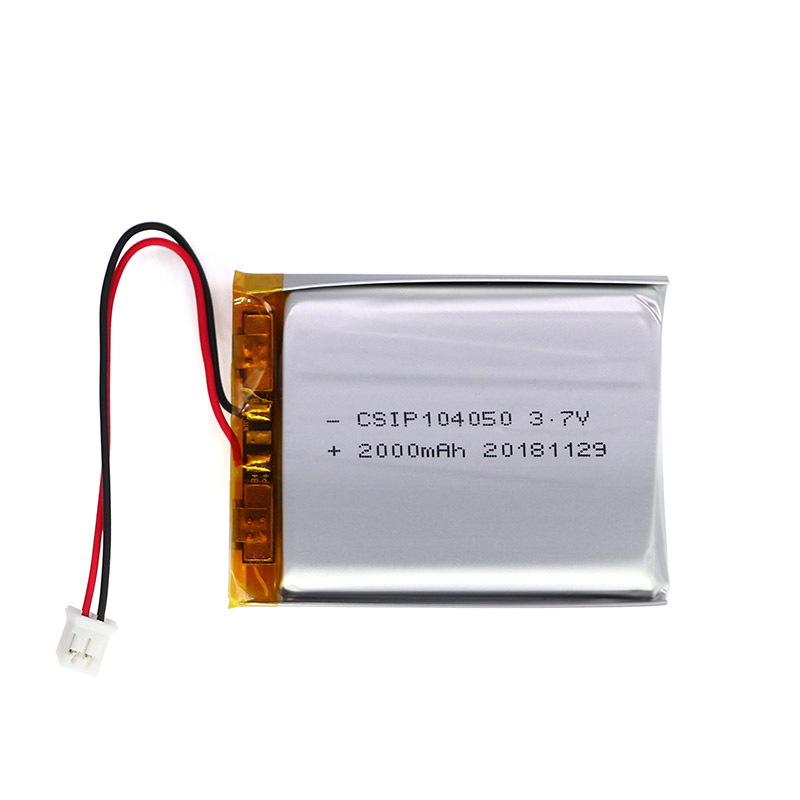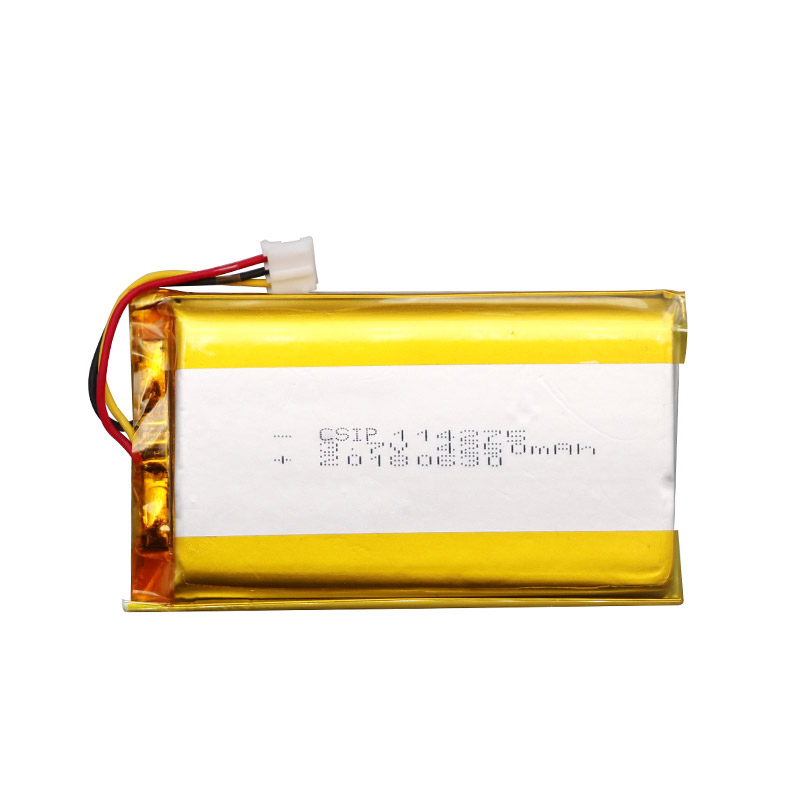Batteries are often seen, and lithium batteries are not unfamiliar, and when it comes to the application of lithium batteries, many people can say one, two, three, such as mobile phones, electric vehicles, rechargeable batteries and so on. But when it comes to the history of the development of lithium batteries, what are the categories of lithium batteries, the status of China's lithium battery industry, the pattern of the lithium battery industry, the future development trend, etc., few people can say clearly. Today, we will discuss the lithium battery, a product that has occupied an important position in the national development strategy.

First, the development history of lithium batteries
The history of the development of lithium batteries is not long, but has become an important player in the world's economic and technological development today.
In 1912, lithium metal batteries were first proposed and studied by Gilbert N. Lewis.
In 1970, M.S. Whittingham, acting for Exxon, made the first lithium battery using titanium sulphide as the positive electrode material and lithium metal as the negative electrode material.
In 1980, J. Goodenough discovered that lithium cobaltate could be used as a cathode material for lithium-ion batteries.
In 1982, R.R. Agarwal and J.R. Selman of the Illinois Institute of Technology discovered that lithium ions have the property of being embedded in graphite, a process that is fast and reversible. At the same time, there were concerns about the safety of lithium batteries made from lithium metal, so attempts were made to make rechargeable batteries using lithium ions embedded in graphite. The first usable lithium-ion graphite electrode was tried and tested by Bell Labs.
In 1983, M. Thackeray, J. Goodenough and others found that manganese spinel was an excellent cathode material with low cost, stability and excellent conductivity and lithium conductivity. Its decomposition temperature is high and its oxidation is much lower than that of lithium cobaltate, and it is able to avoid the risk of combustion and explosion even in the event of short circuit and overcharge.
In 1989, A. Manthiram and J. Good enough discovered that a cathode with polymeric anions would produce higher voltages.
In 1991, Sony released the first commercially available lithium-ion battery. Subsequently, lithium-ion batteries revolutionised the face of consumer electronics.
In 1996, Padhi and Goodenough discovered that phosphates with an olivine structure, such as lithium iron phosphate (LiFePO4), were superior to conventional cathode materials and have therefore become the dominant cathode material today.
With the widespread use of digital products such as mobile phones and laptops, lithium-ion batteries are widely used in these products for their excellent performance, and are gradually being developed for other product applications.
In 1998, the Tianjin Power Supply Research Institute began commercial production of lithium-ion batteries.
On 15 July 2018, it was learned from Koda Institute of Coal Chemistry that a special carbon cathode material for high-capacity, high-density lithium batteries with pure carbon as the main component was launched at the Institute, and this lithium battery prepared from the new material can achieve a range of more than 600 km in cars.

In October 2018, the group of Professors Jiajie Liang and Yongsheng Chen at Nankai University and Chao Lai's group at Jiangsu Normal University successfully prepared a three-dimensional porous silver nanowire-graphene carrier with a multi-level structure and loaded lithium metal as a composite anode material. This carrier can inhibit the production of lithium dendrites, thus enabling ultra-high speed charging of batteries, which is expected to significantly extend the "lifetime" of lithium batteries. The research results were published in the latest issue of Advanced Materials.
In the first half of 2022, China's lithium-ion battery industry achieved high growth in key indicators, with output exceeding 280 GWh, up 150% year-on-year.
On the morning of 22 September 2022, the first new product of 3.0m diameter new energy lithium copper foil core equipment cathode roll, independently developed and qualified for delivery to users by the Fourth Institute of China Aerospace Science and Technology Group, was launched in Xi'an, filling the technology gap in the domestic industry and achieving a monthly production capacity of large-diameter cathode rolls exceeding the 100-unit mark, marking a major breakthrough in China's oversized diameter cathode roll manufacturing technology.
Classification of lithium battery
Lithium batteries have high energy ratio, long service life, high rated voltage, high power tolerance, low self-discharge rate, light weight, high and low temperature adaptability, green and other characteristics, which can be broadly divided into two categories of lithium metal batteries and lithium ion batteries.

(i) Lithium-ion batteries;
Lithium-ion battery is a general term for a battery with lithium ion embedded compound as the positive material, a secondary battery, which is often referred to as a rechargeable battery. Lithium-ion batteries use carbon material as the negative electrode and lithium-containing compounds as the positive electrode, no lithium metal exists, only lithium ions, and it mainly relies on lithium ions moving between the positive and negative electrodes to work. During the charging and discharging process, Li+ is embedded and de-embedded between the two electrodes: when charging, Li+ is de-embedded from the positive electrode and embedded in the negative electrode through the electrolyte, which is in a lithium-rich state; when discharging, the opposite is true.
The main components of a lithium-ion battery are:
1, positive electrode - the active material is generally lithium manganate or lithium cobaltate, lithium nickel cobalt manganate materials, such as electric bicycles commonly used lithium nickel cobalt manganate or then add a small amount of lithium manganate, pure lithium manganate and lithium iron phosphate is gradually fading out due to the large size, poor performance or high cost. Conductive electrode fluids use electrolytic aluminium foil with a thickness of 10 - 20 microns.
2, diaphragm - a specially formed polymer film, the film has a microporous structure that allows lithium ions to pass freely, while electrons cannot pass.
3, Negative electrode - the active material is graphite, or carbon with a near graphite structure, and the conductive collector uses electrolytic copper foil of 7 - 15 microns thickness.
4、Organic electrolyte - carbonate solvent with lithium hexafluorophosphate dissolved in it, or a gel electrolyte for polymers.
5, battery shell - divided into steel, aluminium, nickel-plated iron shell, aluminium-plastic film, etc., as well as the battery cap, which is also the positive and negative lead end of the battery.
Lithium-ion batteries due to its safer characteristics compared to lithium metal batteries, has become the main lithium battery products on the market, and even in the perception of many people, lithium batteries are referred to lithium-ion batteries.

(ii) Solid-state lithium batteries;
Solid-state lithium battery is a kind of energy storage battery using lithium metal as the electrode, with a very high specific energy, which can be divided into disposable batteries and rechargeable solid-state lithium batteries.
Disposable solid-state lithium batteries are the same as ordinary dry cell batteries, which use lithium metal as the electrode and generate electricity through the corrosion or called oxidation of lithium metal, which is used up and can't be recharged.
As for rechargeable solid-state lithium batteries, they still face many difficulties in the process of practical application. Lithium metal has high reactivity and is prone to react with organic electrolytes to generate inorganic products such as Li2CO3, LiOH, Li2O, Li3N, LiF and organic products such as ROCO2Li, ROLi, RCOO2Li (R is an alkyl functional group). These reactions can lead to a reduction in the utilisation of lithium metal and electrolyte and can be accompanied by the generation of large amounts of gas, which can easily lead to safety hazards in lithium metal batteries.
There are also the effects of lithium dendrites in solid-state lithium batteries. Dendrites can accumulate on the surface of lithium, penetrate into the solid electrolyte and eventually cross from one electrode to another, short-circuiting the battery and causing some safety accidents.
Third, the world pattern in the field of lithium batteries
(a) China has become a leader from a catcher in the field of lithium batteries;
Unlike many high-end industries in which Europe and the United States are in the lead, the field of lithium batteries has always been dominated by Asia for many years, and the pattern among Asian countries has changed dramatically during this period.
Before 2000, the overall sales of Japanese lithium battery companies accounted for 93% of global sales can be said to be in an absolute monopoly position.
After 2000, the rapid growth of Korean enterprises, represented by mobile phones and MP3 and other consumer electronics, has eaten up a large number of Japanese enterprises' lithium battery market share, with Japanese enterprises accounting for only 43% of the market share in 2010, while Korean enterprises accounted for 39%. During this period, as China has a huge consumer electronics market and a huge demographic dividend, Japanese and Korean companies have also put new production capacity into China, giving rise to a number of domestic lithium battery companies in the process.
After 2011, the development of consumer lithium batteries entered a mature stage, and the market demand saturated the growth rate slowed down. Power lithium batteries have again become a new battleground, which is a larger market than consumer batteries.
Since 2015, the growth of China's new energy vehicles, data show that in October this year, China's new energy vehicles continued to maintain high growth, monthly production and sales increased by 87.6% and 81.7% year-on-year to reach 762,000 and 714,000 units respectively, with a market share of 28.5%, another record high. Moving towards this trend, sales in China are expected to reach 6 million units for the whole year or so. And this would not only mean that China would meet the national plan's 2025 target three years ahead of schedule, but also potentially exceed the combined sales of other countries. The growth of new energy vehicles has also created a market demand for power batteries, and China has become the world's largest market for power battery demand.































 401,Building A1,No.168,Changshan IndustrialZone Liulian Community,Pingdi Street,Shenzhen Guangdong Province,China
401,Building A1,No.168,Changshan IndustrialZone Liulian Community,Pingdi Street,Shenzhen Guangdong Province,China